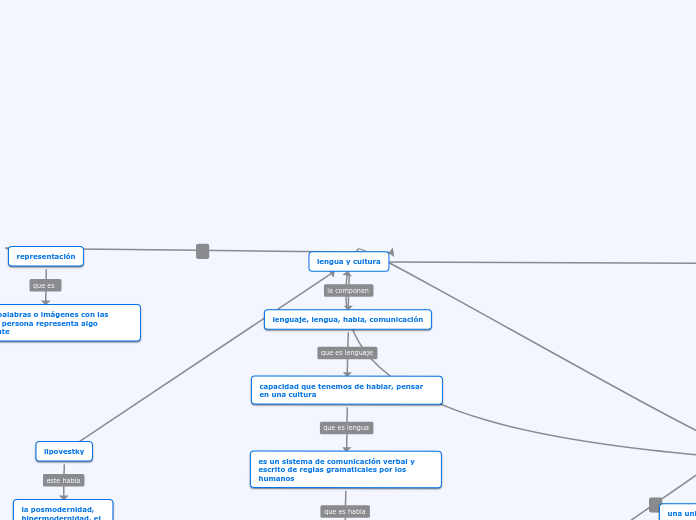Etapas del dibujo infantil
To name your story, you have to think about the overall message and what you want your audience to understand from the story. Also, make it relevant and easy to remember.
Etapa pseudonaturalista
(12 a 14 años)
The ending of a story is essential. We all know that if the ending is weak, what happened before loses its importance. So make it unpredictable, but fair. A resolved ending answers all the questions and ties up any loose threads from the plot.
Se aprecia el desarrollo del razonamiento
This is the moment when the main character surpasses the last obstacle and finally faces their greatest challenge.
The climax usually follows one of these patterns:
- realization
- resolution
- choice
Type in your answer.
Diferencia
This is the closure section of the story.
See examples of possible outcomes below:
- all problems have been solved
- it's clear how each one of your characters ends up
- your main character is transformed by the challenge
Adultos
Adolecente
Convencionalismo
Each story has a main character and that character usually needs to solve a problem or challenge. The character's challenge is the one that creates tension throughout the story.
Reglas
Type in any other challenges which other characters in the story need to face.
Culturales
In most stories, there are 3 challenges. The number 3 is a mystical number symbolizing completeness. Try to come up with interesting challenges with which your character needs to struggle.
See a few examples below:
- turns into a werewolf at night
- is sent back in time
Niños
Try answering these questions to come up with a closure:
- Have all the problems been solved?
- Is there a clear picture of what happens with each character in the story?
- Has the challenge transformed your main character?
- How do the characters feel in the end?
Conciente de sus obras
Etapa del realismo
(9 a 12 años)
The middle of the story is where you add layers of complications that will lead to the end. Reveal more about the character's journey. Did their personality go through changes? How did they overcome the challenges? And as you build up the story’s central conflict, make it more personal to that character. Also, from the middle act, you have to lead into the final act.
Imitación y representación mimética de las cosas
Your character(s) need(s) motivation in order to solve the challenge(s).
Elaboración de imágenes
Secondary characters might also have motives that lead them to cross paths with the main character or which might trigger them to help the main character.
Diseño
Composición
Texturas
Color
Diferentes formas de representación espacial
Why does your character need to confront this challenge? What does he/she expect to accomplish by solving it?
See a few examples:
- will marry in 3 days
- can fix the mistakes of the past
Proporción
Anatomía
Perspectiva
Etapa esquemática
(7 a 9 años)
The setting (time & place) of a story can change throughout the plot.
Reconoce dos dimenciones
Base de figuras
Línea de tierra
Relaciona los colores con los elementos de la realidad
Your story can take place wherever your imagination will take you to.
For example: in an elevator, in an enchanted forest, etc. Don't forget to give details of the environment each time the setting changes, otherwise, the story can be confusing. Also, mention the seasons as each of them has unique weather and events.
Su esquema de dibujo puede sufrir cambios
El niño dibuja lo que reconoce, y no lo que ve
Etapa pre esquemática
(4 a 7 años)
The weather is an important element in your story because it can highly influence the ambiance and the mood of the characters.
Dibuja sin un orden preestablecido
Experimentan con todos los colores
Conocimiento sobre el tema que dibuja, desarrolla de manera individual
The time of the story can also change. It can describe the event of a single day or can include an entire year's plot. Anyway, don't forget to mention it.
Ya se producen los primeros intentos de representación
Does your story include catastrophic weather? See a few suggestions below or add your own:
- hurricane, earthquake, storm, etc
Etapa del garabateo
(2 a 4 años)
In the beginning of the story (or the exposition), you will need to introduce the setting and characters. You might also want to introduce the main conflict. This part of the story is important because it gives the reader necessary background information and maybe even a first insight into a character’s personality.
Se trata de los primeros trazos sobre el papel
Characters are essential to a good story. Usually, the protagonist(s) is/are the most affected by the plot. Introduce a character by focusing on their actions, interests, and occupation, as the physical appearance doesn't make a difference in most cases.
Subetapa de garabateo
Type in the name of your character.
Con nombre
What is your character's main goal?
fight Evilfind lovedefeat his/her enemyrule the worldmake friendstime travelmake an awesome discoveryOther
Controlado
Which traits best describe the character's personality? Choose more if necessary:
introvertedloyalkindindependentquick-thinkingadventuresomeidealisticsweet-naturedcalmrisk-takercreativewittystrictfussyweirdclumsyharshaggressivecarelessclingingcowardlycrueldeceitfulimpulsiveOther
Sin control o desordenado
Choose the type of your chacter:
Protagonist (main character)Antagonist (main character's opponent)Flat (stereotypical character)Round (his/ her personality develops throughout the story)Static (doesn't evolve as a person throughout the story)Dynamic (dramatical change in personality)Confidant (the main character trusts him/ her)Foil (contrasting character who enhances the personality of another character)Other










